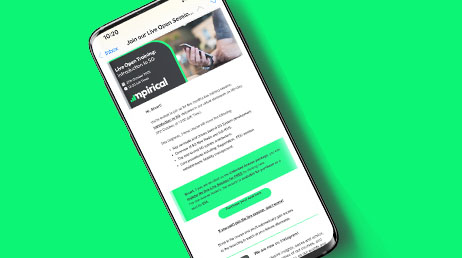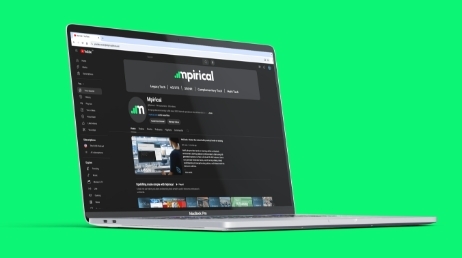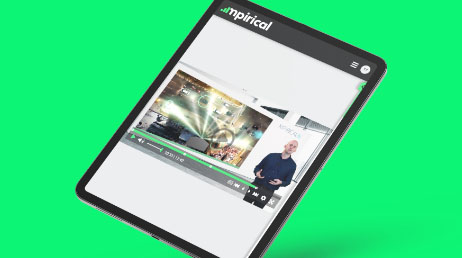Digital Signature
A digital signature is the process in which a block of data is encrypted with the user's private key. This data is normally in the form of a digest, generated by passing the sent message through a hashing algorithm such as MD5 (Message Digest 5). Authentication is then performed by the receiving party by first applying the sender's public key to the signature (proving it came from the expected source) and then comparing the result to the digest of the message (proving that the certificate has not been tampered with).









